Can You Put A Power Vent On Any Water Heater? (Find Out Now!)

When people think about water heater upgrades, they tend to want all the bells and whistles. A well-running water heater means lower bills, better safety standards as well as piping hot water. What could be better than a well-ventilated water heater, right? If you are a home improvement fan, you probably are wondering what you can do. Is it possible to put a power vent on any water heater you could have?
You absolutely cannot put a power vent on any water heater! You should only put a power vent on water heaters that originally have a power vent as part of their basic setup. Adding a power vent to a water heater that didn’t originally have one or isn’t outfitted for company-approved modification will break your water heater. In some cases, it can turn your heater into a fire hazard.
Knowing what you can and cannot do with power vents is crucial to avoiding a serious disaster. Let’s talk about the safety issues that come with this project.
Do You Need Water Heater Installation or Replacement?
Get free, zero-commitment quotes from pro contractors near you.

What Is A Power Vent?
There are two types of vents used in water heaters. Direct vents involve routing the hot air from your water heater through a chimney. They tend to use metal ducts to route things through your home out larger vent. Power vents, on the other hand, require a motorized blower to push the hot air out of the house. They use PVC pipes to lead the hot air out of the house.
Why Can’t You Put A Power Vent On Any Water Heater?
Power vents require an actual motor in an area where a regular water heater won’t have one. This means that you would have to rewire that entire portion of your heater just to get a functional motor in there. In most cases, a motor won’t fit without you seriously modifying your water heater. As you can imagine, this can cause leaks or the overall destruction of your water heater.
In some cases, adding a power vent to a typical water heater will end up turning your water heater into a fire hazard. Blowing too much oxygen near a flame can harm the PVC piping and also start a fire. After all, oxygen is fuel for fire, right? Needless to say, putting a power vent on your water heater can run the risk of voiding your warranty and your homeowner’s insurance.
Is There Any Way To Add A Power Vent Onto A Direct Vent Water Heater?
Here’s the thing that you need to be aware of: it is possible. Though they are rare, there are some companies that offer water heaters that can be converted into a power vented water heater. However, you need to make sure that the water heater in question has all of the following properties:
- Company Backing. If the brand that makes your water heater doesn’t have detailed instructions ON THEIR SITE about converting your direct water heater to a power vented model, do not even bother doing it. Moreover, you need to make sure they also offer kits for it.
- Kits For The Conversion. Yes, I mentioned this above but I need to say it again. Do not use third-party kits for this. They will not work and may turn your water heater into a ticking time bomb.
- Warranty Approval. You shouldn’t convert your water heater if it will void the warranty.
A Final Note About Installing Power Venting
Honestly, installing power vents is something you should only do if your current power vent’s motor has gone kaput. Converting your water heater’s ventilation from direct to power venting is rarely ever a good idea. In fact, you should rethink it even if your water heater’s manufacturer offers you a way to convert it. It’s just a risky plan!
If you still want to install a power vent in your water heater, we strongly encourage you to avoid the DIY route. Since this specific project can have so many things that go wrong with it, we suggest that you do this by hiring a licensed HVAC technician recommended by your water heater manufacturer. They are often the best candidates for the job, not to mention the only ones who will be willing to actually give it a try.
Do You Need Water Heater Installation or Replacement?
Get free, zero-commitment quotes from pro contractors near you.

Related Questions
How much does it cost to use a power vent water heater?
While power venting heaters have their perks, the truth is that they also happen to be more expensive overall. Power vents can cost as much as 50 to 75 percent more just to buy them from your local home improvement store. They also can cost more to repair and electricity use prices can also be marginally more expensive. They also last for only six years, making replacement a nightmare.
The bottom line? If you want a more affordable water heater, then you should avoid getting a power vented model.
Why do people buy power vented water heaters?
Power vented water heaters have a slew of benefits that make them worthwhile for the right household. The biggest perk is that they are highly fuel-efficient and can help you save money on gas. They also tend to burn cleaner, which means that there is less of a chance of having carbon monoxide leaks as a result of them being used in your home. People who prefer safety tend to enjoy power vented heaters.
In some cases, you may need to buy power vented water heaters due to the way your home’s HVAC structure is set up. If you have PVC duct work, you probably will need to have a power vented water heater.
How much more efficient is a power vented water heater?
A power vented water heater is markedly more efficient than a gas heater. If you have a power vented heater, you should expect to save around $20 to $25 per year on your gas bills. Depending on your home’s electrical costs, you might also see a notable decrease in your utility bills across the board. They’re eco-friendly like that, and it’s a good thing.
Related Guide

Ossiana Tepfenhart is an expert writer, focusing on interior design and general home tips. Writing is her life, and it's what she does best. Her interests include art and real estate investments.
More by Ossiana Tepfenhart



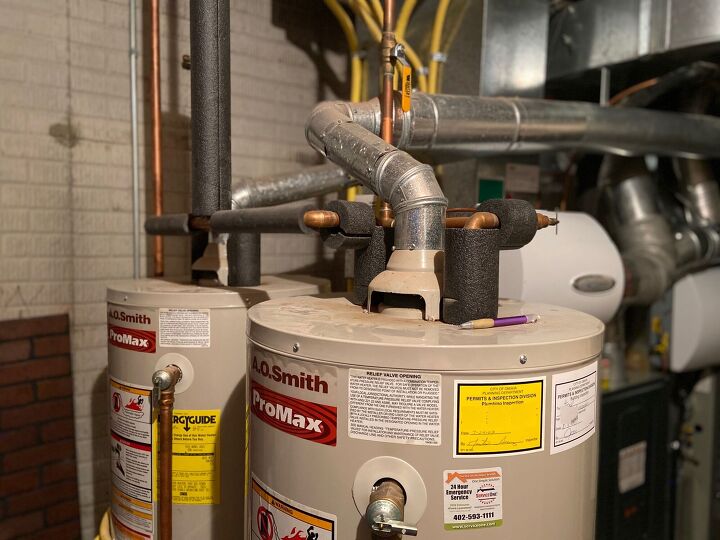






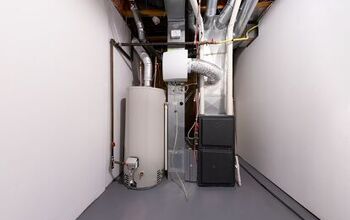
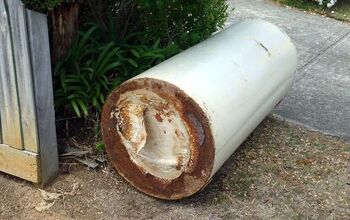
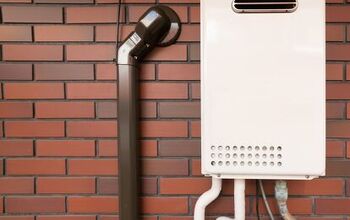
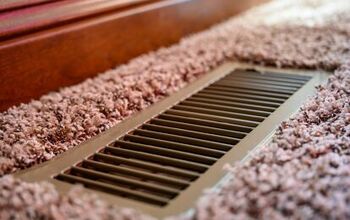












![12 Washing Machine Brands to Avoid [with Recall Data]](https://cdn-fastly.upgradedhome.com/media/2023/07/31/9075781/12-washing-machine-brands-to-avoid-with-recall-data.jpg?size=350x220)
